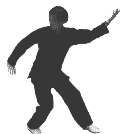by Francis Hriadil
Pa Kua Chang is an art based on natural principles, not on individual strengths, techniques, environments, or situations. As such, it can be successfully applied in any circumstance and by any properly trained practitioner. However, an examination of its development reveals that Pa Kua evolved during a specific time and place in Chinese history — and many of the techniques that have been passed down to today’s practitioners are reflective of that era. Pa Kua Chang was not created, nor was it nurtured through its infancy, as an art for soldiers on the battlefield or boxers in a ring. The art “earned its stripes” and gained its formidable reputation as a “guerrilla-style” approach to fighting multiple opponents. Therefore, in order to understand some of the primary fighting tactics the Pa Kua Chang practitioner has historically employed, one must look back to the circumstances of its origin.
During the time when this art was becoming popular in China as an effective combat method, the majority of practitioners utilizing the art were working professionally as body guards, caravan escorts, and residence guards. The bandits and thieves of the day, who were the primary opponents of the Pa Kua practitioners, usually carried light or concealed weapons and employed “dog pack” like tactics in attacking their victims. Therefore, those who worked as bodyguards, residence guards, and caravan escorts needed to be able to handle simultaneous attacks from multiple opponents armed with various kinds of weapons.

In order to successfully handle opponents employing these tactics, one needed to be highly mobile, very quick and thorough in application, and very efficient in dealing with more than one attacker at a time. Pa Kua Chang became famous in this era because its practitioners were able to draw from its underlying principles and adapt perfectly to this complex and dangerous situation. The practitioners of Pa Kua Chang were extremely mobile, lightning fast, highly observant, and aware of all directions — thus enabling them to deal successfully with multiple attackers.
Pa Kua’s strategy of outflanking the opponent was developed specifically for this situation. A practitioner who was faced with two or more attackers could move to the outside and get behind one opponent while placing that opponent between him and the other attackers. Pa Kua’s use of turning and twisting maneuvers in rapidly changing directions made it perfect for addressing multiple opponents. Pa Kua’s use of quick and efficient striking techniques, which broke bones or otherwise quickly damaged an opponent, was also ideal for “churning through” one opponent after another.
Pa Kua Chang became a very effective fighting art because the practitioners who used the art, when it was still in its infancy, employed it and tested it in the most difficult of combat circumstances. In those days, you either adapted quickly to the situation or you died. Thus, those who were practicing the art at that time were driven to develop strategies and tactics which would be highly effective in many situations. If an art is successful, in fighting multiple opponents who have weapons, then it is certainly going to be effective against a single, unarmed attacker. It should be noted, however, that because the principles of Pa Kua Chang are adaptable to any situation, it is incorrect to simply assume that the specific techniques which have been handed down in the classic forms and fighting sets of Pa Kua are all that there is to Pa Kua Chang.

